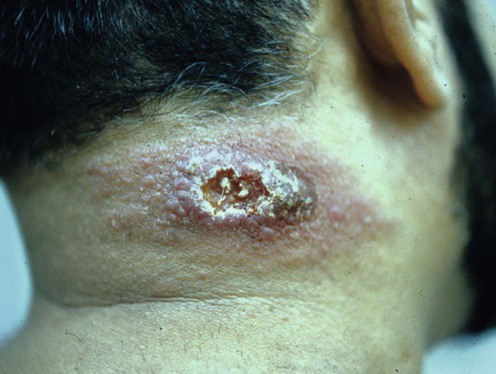Ampuero J, Rios AP, Carranza-Tamayo CO, Romero GA. Mem Inst Oswaldo Cruz 2009; 104: 992–7.
Leishmaniasis

Specific investigations
Genus-specific kinetoplast-DNA PCR and parasite culture for the diagnosis of localized cutaneous leishmaniasis: applications for clinical trials under field conditions in Brazil.
![]()
Stay updated, free articles. Join our Telegram channel

Full access? Get Clinical Tree









